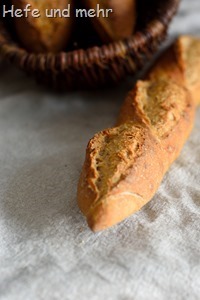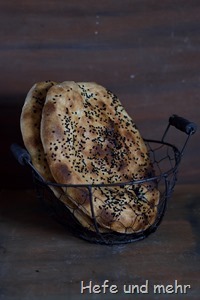During the last weeks I planned my recipes according to different leftovers I found in my flour storage boxes. Now, they are (almost) tidy and I can come back to my personal favourites: regional bread recipes.
The special thing on regional recipes is the fact, that they are hard to find. They are often so common in their region that no one recognize them as that what they are: little recipe gems which can be found only in a narrow area. Only when an habitant moves into a area farer away, he or she will learn that this common everyday bread is not known in this part of the world. Nevertheless I stumble over a recipe from time to time or one of my readers askes for a special recipe and so I can enlarge my collection continuously.
The Butter Blatz is such a readers request. Blatz can be found in the southern Rhineland and in the Bergische Land and is baked in different variants: filled with raisins or almonds or topped with crumbles. The plain butter blatz variant is shaped to long loaf and cut serveal times on both sides prior to baking. This gives the bread the appearance of a leaf and looks just beautiful.

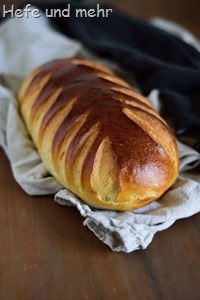
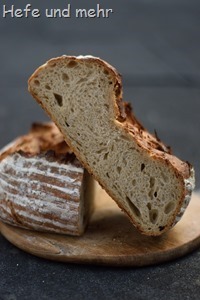
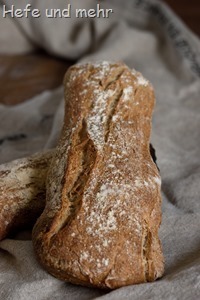
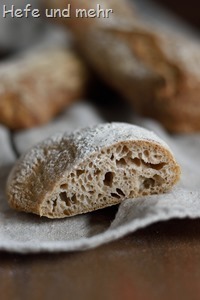
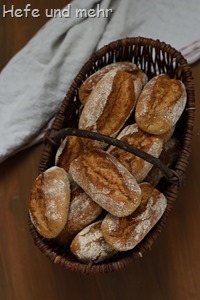
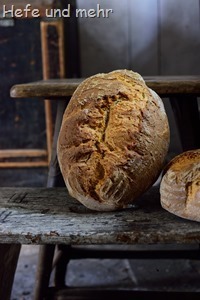
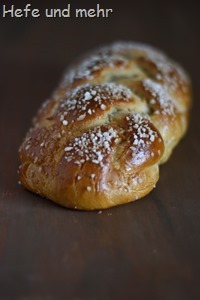
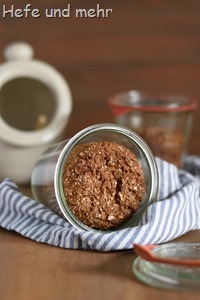
![Kleenroggen (3)[3] Kleenroggen (3)[3]](https://www.hefe-und-mehr.de/wp-content/uploads/2018/06/Kleenroggen-33_thumb.jpg)
